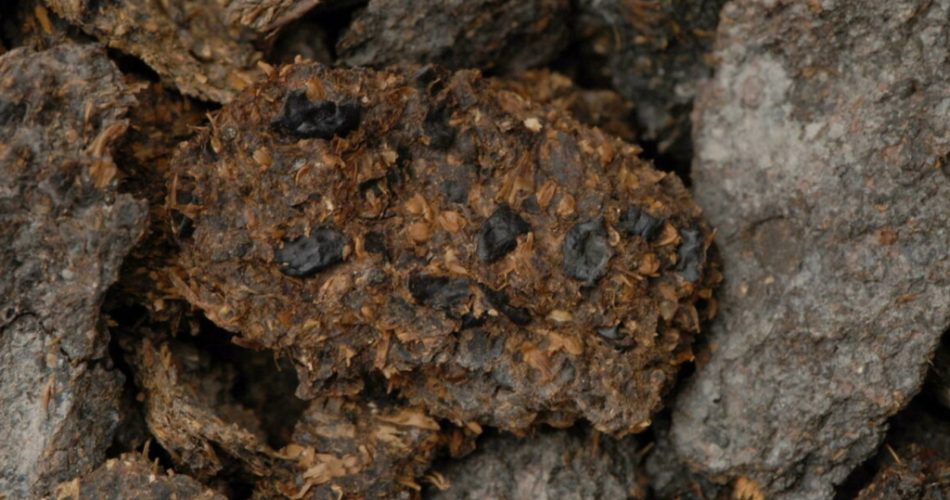The find was made in Austria
Human feces rarely last for a thousand years without decomposing. However, there are some exceptions, such as in salt mines of the Austrian UNESCO World Heritage area Hallstatt-Dachstein/Salzkammergut, but samples are usually found in dry caves, desert areas, frozen areas, or waterlogged environments (like bogs), where desiccation, freezing, and similar processes preserve the fecal matter for posterity.
Researchers who have studied paleofeces from these Austrian mines have uncovered the presence of two fungal species used in the production of blue cheese and beer.
Since it can be difficult to determine whether fecal samples are human or were produced by other animals, scientists developed a tool (dubbed coproID) that can determine whether paleofeces and coprolites from archaeological sites are of human or animal origin.
“Genome-wide analysis indicates that both fungi were involved in food fermentation and provide the first molecular evidence for blue cheese and beer consumption during Iron Age Europe”, says Frank Maixner of the Eurac Research Institute for Mummy Studies in Bolzano, Italy.
“These results shed substantial new light on the life of the prehistoric salt miners in Hallstatt and allow an understanding of ancient culinary practices in general on a whole new level”, adds Kerstin Kowarik of the Museum of Natural History Vienna. “It is becoming increasingly clear that not only were prehistoric culinary practices sophisticated but also that complex processed foodstuffs, as well as the technique of fermentation, have held a prominent role in our early food history”.

Prehistoric paleofeces from salt mines have already been proven to have the ability to provide vital insights into early human diet and health. Maixner, Kowarik, and their colleagues used in-depth microscopic, metagenomic, and proteomic studies to investigate the bacteria, DNA, and proteins found in the excrement samples in the current study.
These in-depth studies allowed them to reconstruct the diet of the people who once lived there. They could also get information about the ancient microbes that inhabited their guts, known as the gut microbiome, which is now recognized to have an important role in human health.
One of the most common plant fragments found in their food analysis was bran and glumes from various cereals. This high-fiber, carbohydrate-rich diet was supplemented with broad bean proteins and, on occasion, fruits, nuts, or animal food products, according to the researchers.
In keeping with their plant-heavy diet, the ancient miners up to the Baroque period also had gut microbiome structures more like those of modern non-Westernized individuals, whose diets are also mainly composed of unprocessed food, fresh fruits, and vegetables. However, the findings suggest a more recent shift in the Western gut microbiome as if eating habits and lifestyles changed.
When the researchers extended their microbial analysis to include fungi, they found an abundance in one of their Iron Age samples of Penicillium roqueforti and Saccharomyces cerevisiae DNA.
“The Hallstatt miners seem to have intentionally applied food fermentation technologies with microorganisms, which are still nowadays used in the food industry”, Maixner says.
These findings prove that people were already producing blue cheese in Iron Age Europe nearly 2,700 years ago, he adds. In ongoing and future studies of the paleofeces from Hallstatt, they hope to learn more about the early production of fermented foods and the interplay between nutrition and gut microbiome composition in different periods.
Source scitechdaily.com

